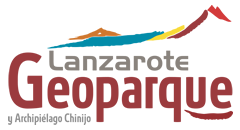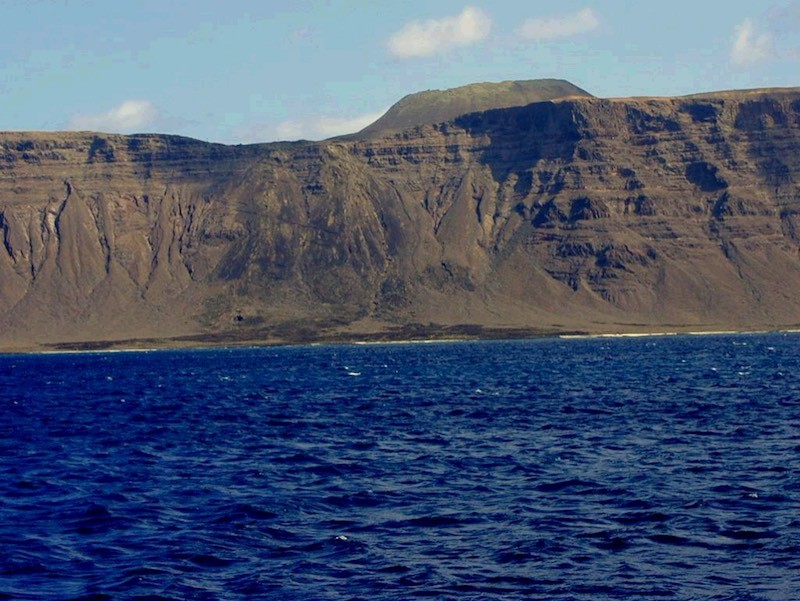Project Description
Lower: at the base of the escarpment of Famara, between 10.2 and 8.3 Ma. Mainly formed by volcanic materials mostly pyroclastic cones. The deposits are crossed by dykes.
2. Intermediate: it is between 7.2 and 5.3 Ma. With a tabular structure and consistent with the lower stretch. It has fewer pyroclasts and dyke intrusions.
3. Higher: the one crowning the highest relieves of Famara, with powerful basaltic lava flows, with intertwined cinder cones, from 3.9 Ma to 3.66 Ma. There are scarce dykes.
Contrasting over the escarpment there are different generations of mixed coalescent detrital alluvial fans, organogen wind sand deposits at the base of the escarpment and lava deltas.
geosite of mainly volcanological interest, and secondary geomorphological, tectonic, sedimentological and stratigraphic interest. It allows us to observe the internal structure of one of the miopliocenic massifs on the island. Another added value of this geosite, are the morphologies and diverse and contrasting processes, as well as the interaction of gravity-run-off processes. Great scientific interest. This is a place of reference for educational activities.

